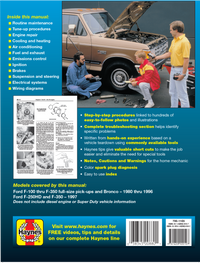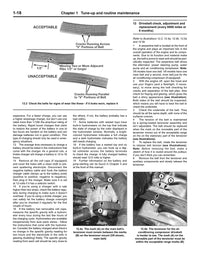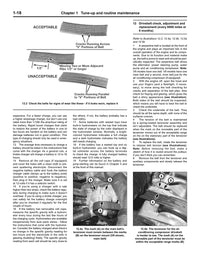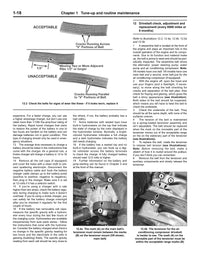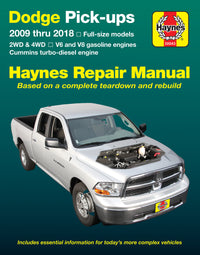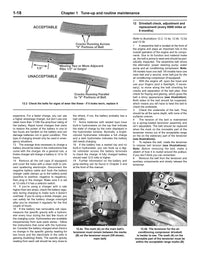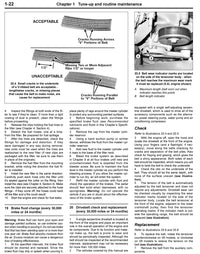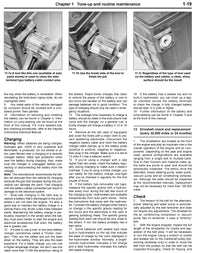Your 2019–2022 Chevy Silverado 1500 relies on transmission fluid to keep every gear change controlled and consistent. Without the right level or quality of fluid, the transmission’s internal parts face extra friction and heat that compromise performance.
If you want to keep your truck responsive on the highway or dependable while towing, knowing the warning signs of fluid problems matters. Drivers often ask about how to check transmission fluid in the 2020 Chevy Silverado 1500. Before pulling a dipstick, it helps to recognize the symptoms that indicate attention is needed.
How to Check Transmission Fluid in a 2020 Chevy Silverado 1500
Knowing how to check transmission fluid in a 2020 Chevy Silverado 1500 helps you connect what you feel behind the wheel to what’s happening under the hood.
As transmission fluid ages, it picks up contaminants and loses its protective properties. Low levels create a lack of hydraulic pressure, while dirty fluid leaves behind debris that wears down delicate components. With this truck, the dipstick still gives you the most direct look at fluid health.
Warm the engine, locate the dipstick near the oil dipstick, and see both the color and level of the fluid. Clear fluid with a pinkish hue signals that everything looks healthy; dark or burnt-smelling fluid indicates the need for replacement. Checking once a month keeps you connected to your Silverado’s condition before problems develop.
Gear Slipping That Interrupts Driving Confidence
Few things grab your attention faster than pressing the accelerator and watching the RPMs rise without feeling the expected pull. That sensation of slipping out of gear is a classic sign that the transmission fluid isn’t doing its job. In the Silverado, the fluid builds hydraulic pressure that locks clutches and bands in place.
Without the right amount of fluid, the transmission can’t hold those gears. That pause before the truck finally grabs adds stress to the system and to your daily driving. Left unchecked, slipping shortens the life of the transmission and makes towing or carrying heavy loads more risky.
Shifts That Feel Rough Instead of Refined
A Silverado transmission in good health makes shifting effortless. You move through gears without a second thought. When the transmission fluid starts to break down, that smoothness disappears. Harsh or erratic shifts become part of the drive. Some drivers feel a sudden jolt when the truck shifts into a new gear.
Others notice unpredictable surges that throw off acceleration. These changes often sneak up gradually, which is why checking fluid condition regularly matters. As the fluid deteriorates, it loses the ability to cushion and lubricate moving parts, which leads to harsher transitions between gears.
Strange Sounds and Odors That Signal Trouble
Transmission problems rarely stay quiet. If you hear whining or grinding noises when shifting, the fluid has likely thinned out and can’t keep metal components separated. Overheating and oxidation gradually alter the fluid’s color and create a distinct burnt smell, both clear signs of stress within the system. Fresh fluid appears bright and nearly translucent, whereas worn fluid darkens over time and can eventually turn almost black.
These changes are more than cosmetic. Dark fluid carries metal particles that circulate through the system and accelerate wear. Once you hear noises or notice burnt smells, it’s time to act quickly before those warning signs turn into costly repairs.
Dashboard Warnings and Reduced Performance
Sensors track transmission operation, and when fluid-related problems arise, the truck lets you know. A check engine light or a transmission alert is a direct call to look at the fluid level and condition. Even if the truck still moves through the gears, ignoring those lights puts the system at risk.
Drivers also notice sluggish performance, especially when towing or merging on the highway. If your Silverado feels less responsive than usual, transmission fluid may be at the center of the problem.
Leaks That Leave Their Mark
Unlike other fluids, transmission fluid doesn’t burn off. If you notice red or brown spots on your driveway or garage floor, the system has a leak. Even a small leak is a big problem for a truck as capable as the Silverado.
A steady loss of fluid means the transmission runs dry, and every mile adds damage. Seals, gaskets, or lines often need attention when leaks appear, but catching them early makes the repair far simpler. Checking underneath your truck regularly saves you from more expensive service later.
Transmission Fluid Service Intervals
Many Silverado owners ask how often transmission fluid should be changed. The answer depends on how you drive. The fluid may last up to 100,000 miles for light use. Frequent city driving or heavy use requires service closer to 50,000 miles to protect the transmission for towing.
Think of fluid like oil. It may still be present, but if it’s dirty or burnt, it’s not offering protection. Fresh fluid keeps the transmission cool and lubricated, extending the life of your truck. Keeping track of mileage and pairing it with monthly fluid checks gives you the best chance at catching issues before they escalate.
Why You Need More Than a Quick Check
The Silverado’s transmission system involves multiple components that work together, and when one part suffers, the others feel the strain. Fluid problems affect clutches, torque converters, and even electronic sensors. Relying only on quick checks risks missing important details. That’s where a repair manual becomes invaluable.
Protecting Your Silverado With Haynes Manuals
Get the tools you need to keep yours ready for work and play. Our Chevrolet Silverado 1500 2019–2022 Haynes Repair Manual and our Chevrolet Silverado 1500 2019–2022 Chilton Repair Manual go far beyond quick tips.
They walk you through transmission maintenance, explain fluid types, and cover everything from service intervals to gasket replacements. With step-by-step clarity and illustrations, these manuals give you the confidence to handle jobs yourself and save money on maintenance.
If you’re starting to notice slipping gears, harsher shifts, or leaks under your truck, don’t wait until the damage spreads. Equip yourself with a Haynes or Chilton repair manual, open the right chapter, and take control of your Silverado’s upkeep. Click the links, grab your manual, and keep your Chevy Silverado 1500 running for years to come.


